We have been asked on several occasions if any of the eighteenth-century houses in the centre of Dorchester were designed or built by the Bastard Brothers of Blandford Forum.
Who were the Bastards?
The Bastards’ firm was founded in the late 17th century by Thomas Bastard, who is believed to have been born in a small village to the north of Blandford. He set up in Blandford as a joiner and architect sensing professional opportunities because the town had become the centre of enlightenment thinking in Dorset and demand was booming for the construction of country houses in its hinterland by aristocrats and wealthy families.
Thomas’ business thrived and he became an important figure in the town. He was appointed one of the Corporation’s Overseers in 1689 and then its Bailiff in 1713. Previously, he had married Bridget Creech, the daughter of a gentleman, and sister of the Oxford Fellow and poet Thomas Creech (who was also Headmaster of Sherborne School for two years). They had six sons and four daughters. On his death in 1720 a memorial was erected Blandford Parish Church which describes him “as eminent for his skill in architecture”.
Three of the sons, Thomas junior, John and William, took over their father’s flourishing firm on his death. Thomas Junior married an heiress and retired early from the business to an estate in Charlton Marshall, dying in 1731. John and William, known as the Bastard Brothers, continued to expand the business. Their office, homes, workshops, warehouses, timber store and stables were situated in Market Place, opposite the Parish Church. They worked as surveyors, architects, designers, builders, joiners, carvers, furniture makers, upholsterers, suppliers of clocks, barometers and other instruments, skilled plasterers and interior and exterior decorators. They even acted as undertakers!
Their younger siblings sought their fortunes elsewhere. Benjamin set up independently as a builder in Sherborne, Samuel as a ship modeller in Gosport and Joseph as a shipwright in Hampshire.
On 4th June 1731 a disastrous fire destroyed most of Blandford, including the family’s business premises and homes. John who had been appointed a Fire Assessor before the disaster was commissioned to carry out a detailed assessment of the damage caused by it. The book in which his assessment was recorded, together with other, mostly later, assessments of fire damage in other Dorset towns is preserved in the Dorset History Centre. It sets out in detail and evaluates the loss suffered by each inhabitant of Blandford. Fortunately, the brothers were insured since their loss was the greatest suffered by any individual, as opposed to an institutional victim.
The disaster turned out to be a blessing in disguise for the brothers since they were commissioned to rebuild the Town Hall, the Parish Church (Photo I), the Greyhound Inn, the premises which they themselves leased, the alms-houses, and a large number of the more important of the town’s houses, including Spetisbury House and Coupar House.
This work was largely completed by the early 1760s and was commemorated by an elaborate fountain outside the Parish Church featured in my recent blog on Dorchester’s Town Pump (Photo II).
The main street, East Street-Market Place, as rebuilt by the Bastard Brothers is depicted in a print published by Robert Goadby, the Sherborne engraver- publisher, in 1765 and remains largely unchanged to this day (Photo III).
In particular, the Bastard Brothers’ home and business premises on Market Place, opposite the Town Hall, survive and it is possible to visit their amazing showroom, in which the walls are lined with examples of their plaster and woodwork, on the first floor of the Age Concern Charity Shop (Photo IV).
The house which they built for two of their sisters and which now houses the Fashion Museum is a good example of the bigger town houses which they built (Photo V).
A settee and a set of six side chairs carved in walnut by the Bastard Brothers and delivered to the Bond family in Creech Grange in 1742 which were recently sold in auction in Somerset show the high quality of the furniture which they produced (Photo VI).
John Bastard served as Chamberlain of the Corporation, that is to say the Chief Officer of the Town, between 1732 and 1736.
Neither of the brothers married and William died in 1766 and John in 1770. Two of their nephews, Thomas the Elder and Thomas the Younger, inherited the business. The first died in 1771 and the second subsequently sold the business and retired to his country estate inherited from his Creech grandmother.
Notwithstanding the volume of work which was generated by the reconstruction of Blandford the brothers built or carried out work on houses throughout the County including the town mansion created for Sir Peter Thompson in Poole and the reconstruction of Crichel House for Sir William Napier.
Sherborne House at the north end of that town was however built by their brother Benjamin.
I have identified three houses in Dorchester built by the Bastard Brothers.
The first is what is now a pair of shops at Nos 23 and 23a High West Street (Photo VII).
The rainwater heads are dated 1735. The style of the ground and first floor comprising five bays with the centre bay wide enough to enable the installation of a tall round headed window flanked by two niches and surmounted by pediment, is a typical Bastard design. It resembles the building created by the Bastard Brothers in Market Place, Blandford for their own office and homes. The third storey was added in the decade 1820-30 and the doorways are also 19th century. The shopfronts are an unfortunate modern insertion.
The second is South Lodge on South Walks (Photo VIII of the south facade) which was built towards 1760.
The main façade of the house was originally on the opposite, north side and the present main façade was altered during a remodelling in the early 19th century when it was stuccoed, and the porch added, so as to become the front entrance. The porch is surmounted by a wrought iron balustrade and the window in the centre of the first floor was transformed into a French window to access the balcony. The greenhouse was also added to the left of the facade.
The front parlour walls decorated with elaborate rococo plasterwork (Photo IX) and the staircase of a Chinese Chippendale design are typical of the work by the Bastard Brothers in the 1760s.
The late Victorian coach house survives behind (see my blog on Horses and Dorchester).
The last of the three houses is Moule House in Trinity Street (Photo X).
This was built by the Bastard Brothers in the 1730s for the Williams family who now live in Bridehead House on the way to Bridport. The Williams built the house in what was then South Back Street since they owned the Antelope Coaching Inn next door where they could stable their horses and keep their carriage. All the principal rooms were built on the east, garden, side because the street would have been noisy. The façade was altered in the late 18th century by replacing the hipped tiled roof (similar to that on the Bastard Brothers’ sisters’ house in Blandford) by a slate roof with a “w profile” set back from the façade and hidden by an added pediment which extended the façade upwards.
The interior, which is listed like the exterior, remains almost completely as it was in the 18th century with the original floorboards and flagstones, painted wall panels made of deal, doors and door surrounds, fireplaces in all the rooms, window shutters and the wide staircase with turned newels. In the basement there is the original fireplace and copper for the boiling of linen in the laundry room, game hanging hooks and a big kitchen fireplace complete with bread oven. The elaborate fireplace in the main drawing room has been recently restored (Photo XI), together with four other more modest chimney pieces.
During the course of the restoration a workbook started by Thomas Bastard in 1720 was discovered in the Victoria and Albert Museum in London (title page – Photo XI). On the page 22 there is a drawing of decorative swags of material identical to the design of the two sides of the plasterwork central panel over the fireplace in the main sitting room (Photo XII). This proves conclusively, what all the other design features pointed to, that the house was created by the Bastard Brothers.
In addition to designs for architectural features, the workbook contains a large number of designs for furniture, mirrors, trade cards and, particularly at the beginning, drawings of people, including dancers and animals. They look as if they are the work of a young man and therefore point to the hand of Thomas junior who retired in 1730 rather than that of his father. Later dates feature further into the book which would suggest it was continued by John and William after Thomas’ retirement.
Finally, it has been suggested that the Bastard Brothers were also responsible for some of the internal remodelling of Colliton House, including the staircase. The house had been built in the 17th century and was modified and extended early in the 18th century, for the Churchill family and is now the home of the Colliton Club.
IAN GOSLING
7.6.2024


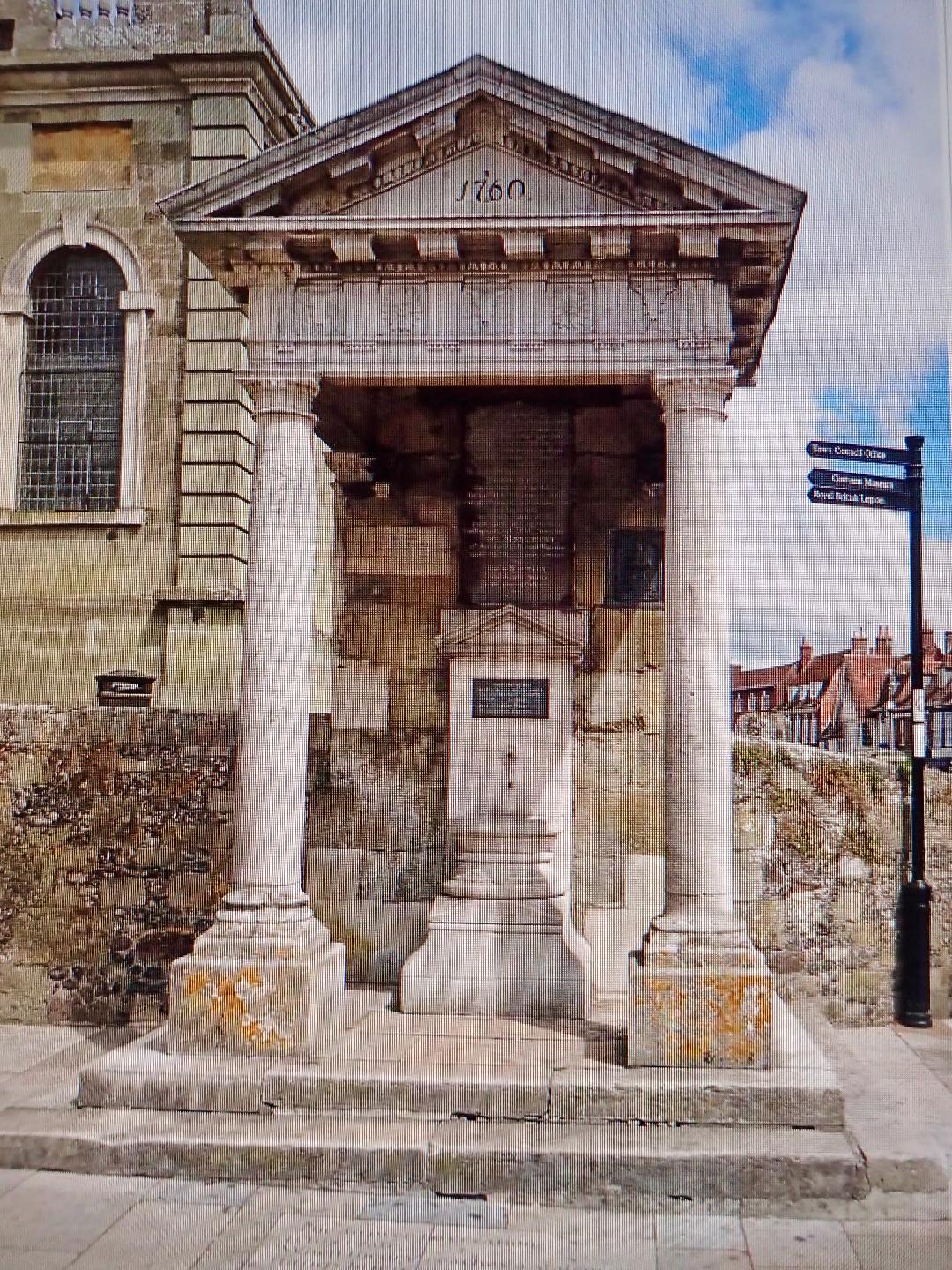
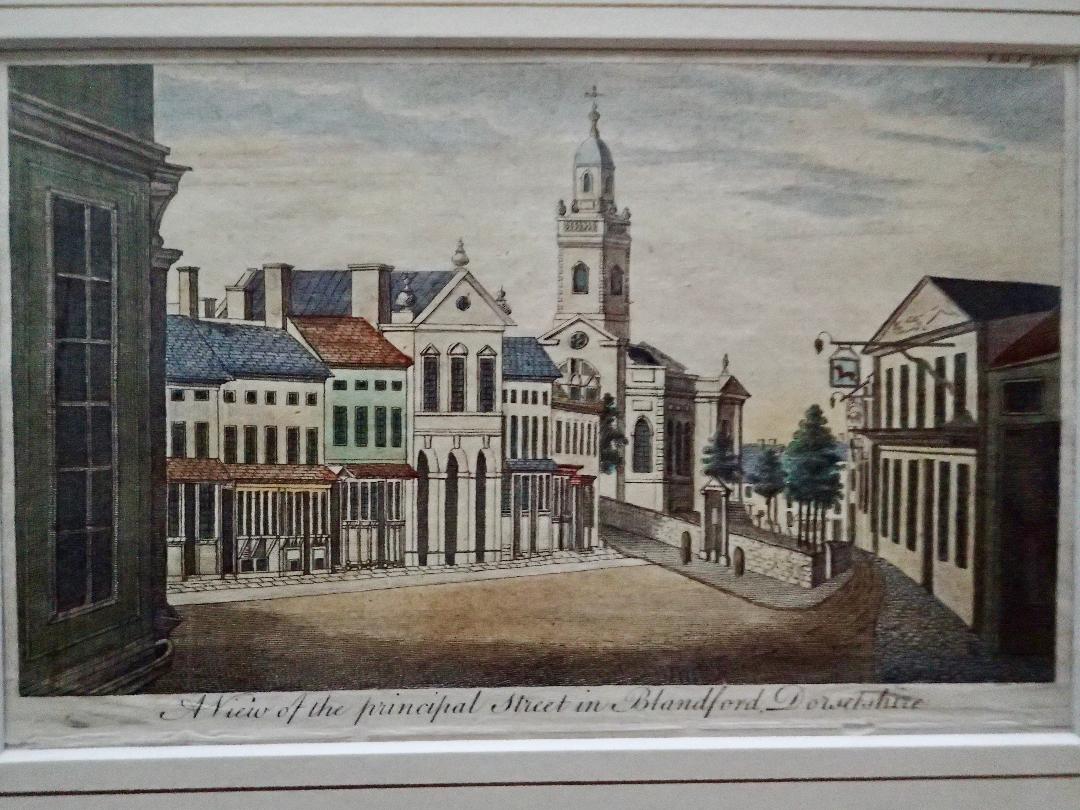

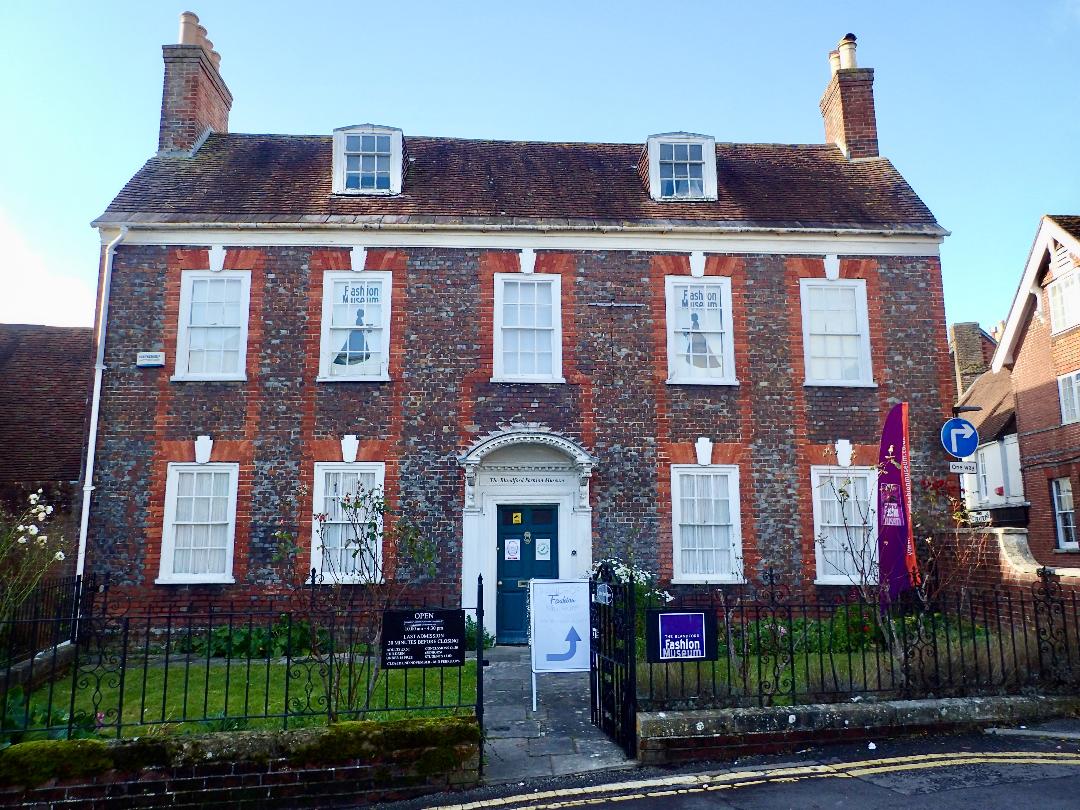
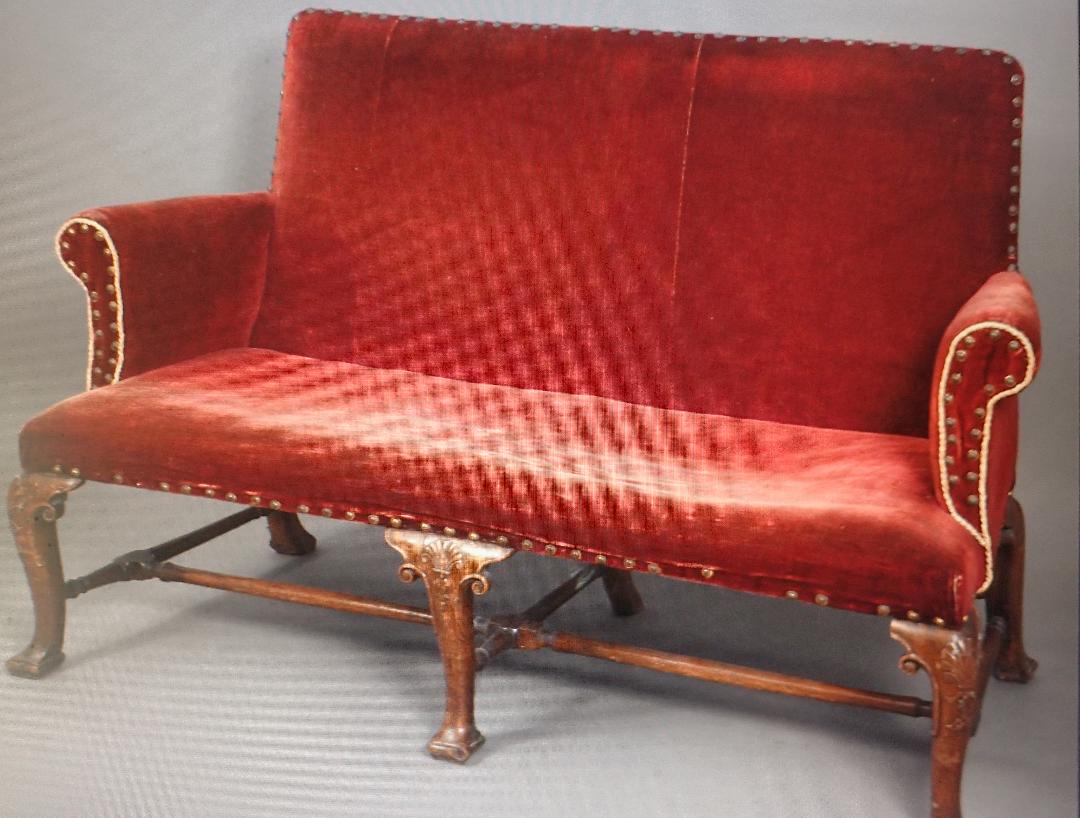
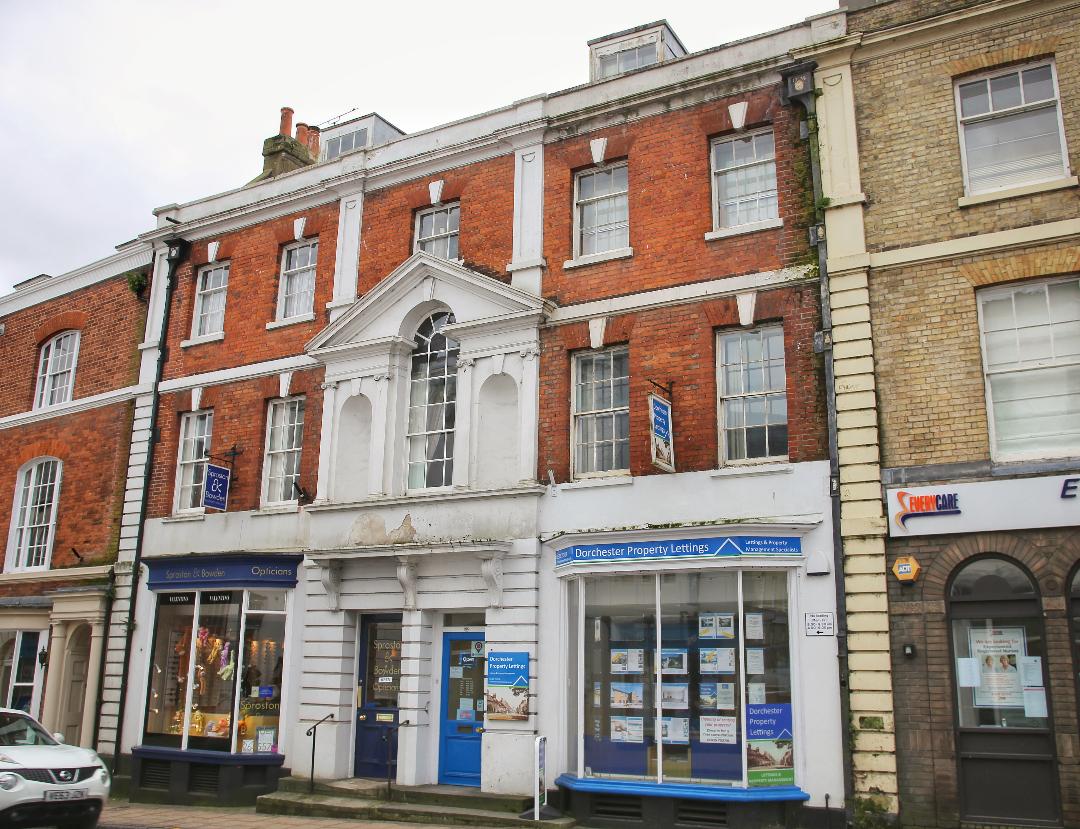
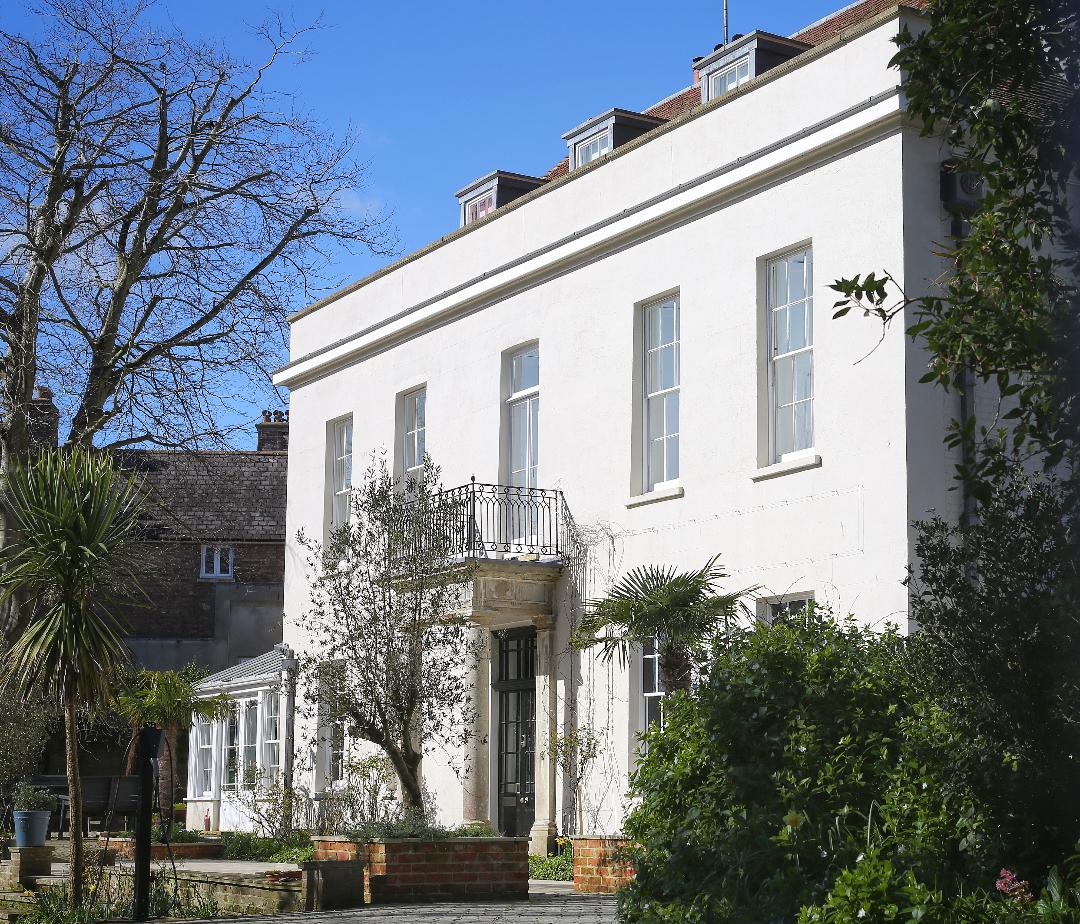
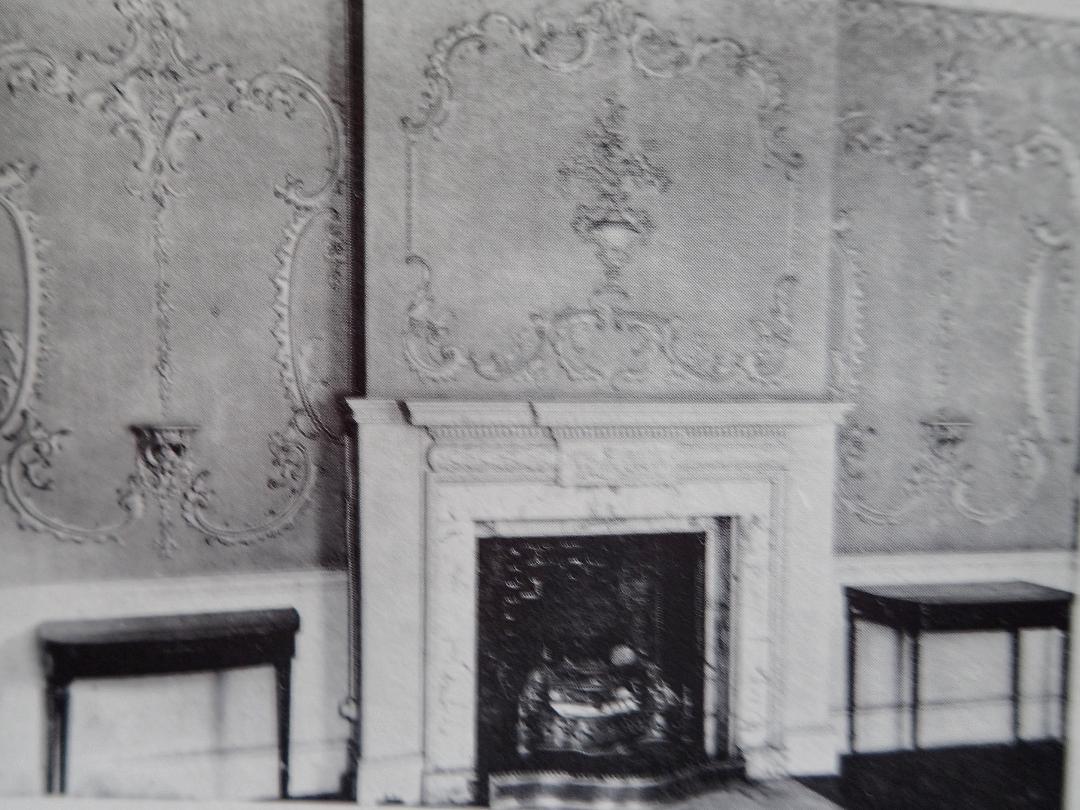

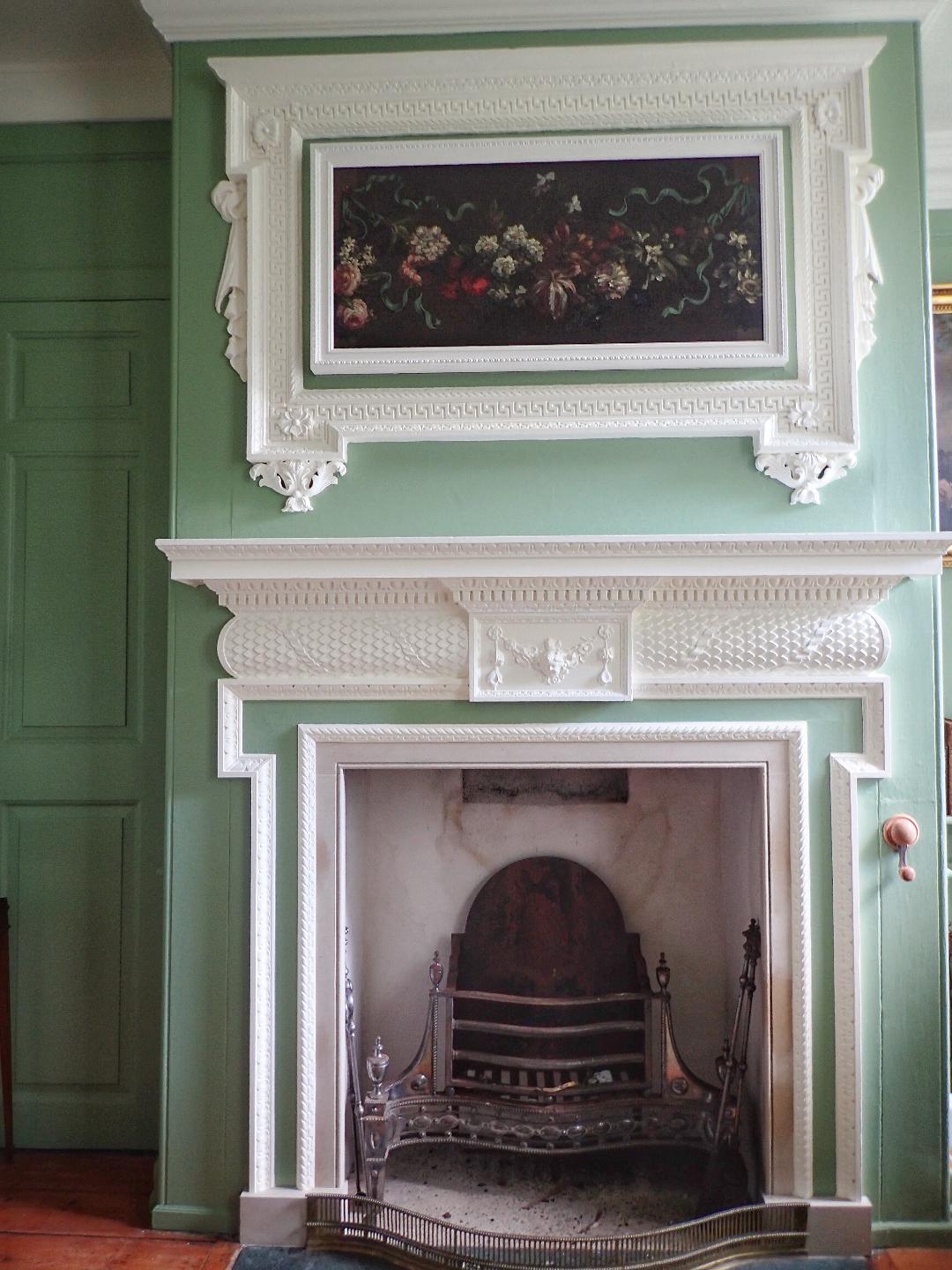
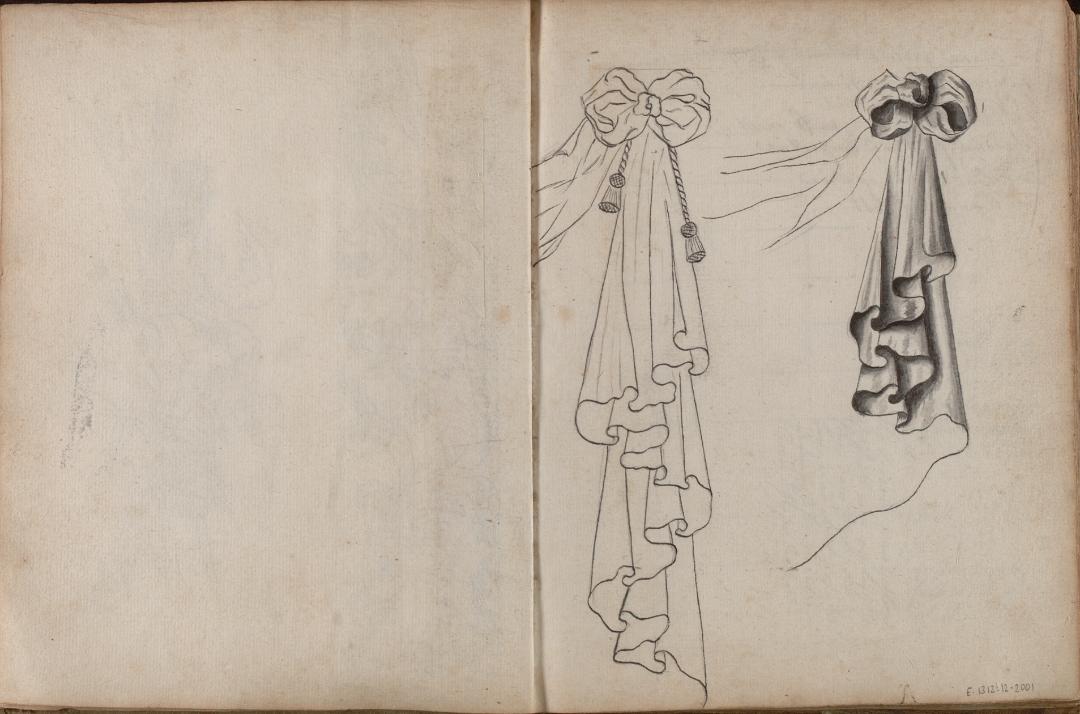
Recent Comments